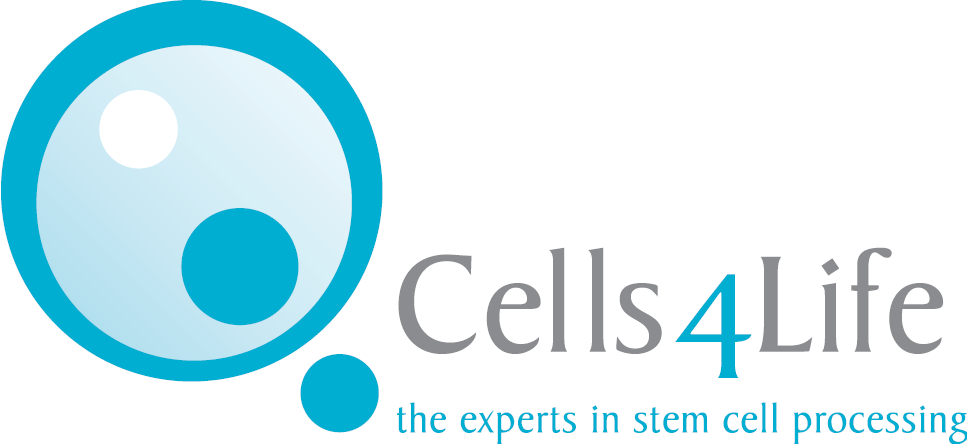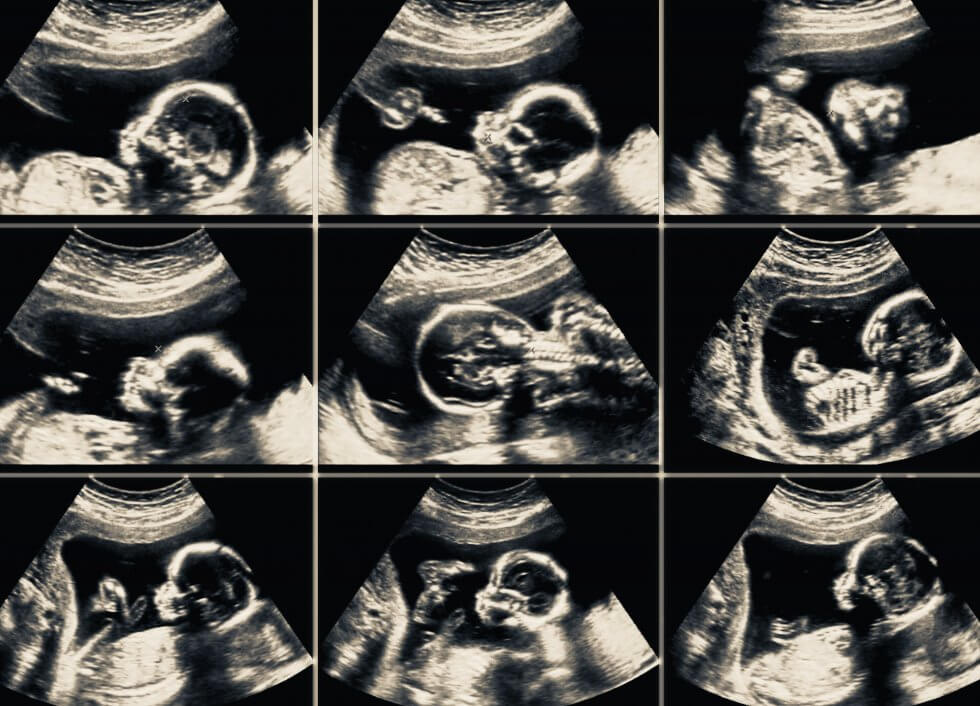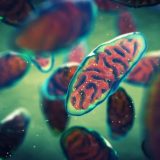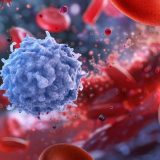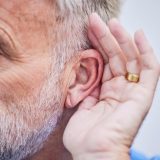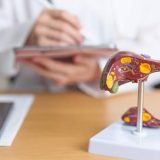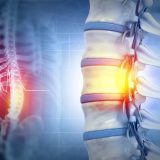Stem Cell Blog
Употребата на матичните клетки од папочна врвца рапидно се зголемува. Пред 10 години крвта од папочна врвца можеше да лекува околу 40 состојби, но денес таа бројка е над 80. Со нетрпение очекуваме нови терапии за болести и нарушувања како што се дијабет, аутизам и мозочен удар, можете да бидете во тек со најновите случувања во регенеративната медицина на нашиот блог за матични клетки.
02/03/2024 BlogPregnancy Advice
Bringing a baby into the world is a life-changing experience. Exciting, yet daunting, overwhelming but joyous, it’s no wonder that most parents frequently cite the days their children were born as the happiest days of their lives.
However, the jubilation new parents experience at the birth of their baby can sometimes give way to natural worries about their health. Do they have any conditions I should know about? Will they be predisposed to any allergies or intolerances? How can I find out about these to start preparing for their future?
Knowing the answers to these questions through post-natal screening can help to alleviate a lot of the worry that new parents often feel about their baby’s health.
Blood Spot Test
One example of post-natal screening is the blood spot test, or heel prick test as it’s commonly known. This test is offered to all babies when they’re around a week old and involves taking a small blood sample to test for a range of diseases, including:
Sickle Cell Disease – a condition which affects haemoglobin, the protein in red blood cells responsible for carrying oxygen around the body. It can cause severe pain and lead to life-threatening infections.
Cystic Fibrosis – cystic fibrosis is an inherited condition that affects the lungs and digestive system, causing children in infancy to be susceptible to chest infections and making it hard for them to put on weight.
Congenital hypothyroidism – congenital hypothyroidism is caused by a lack of the hormone thyroxine. It can cause development issues and learning difficulties if left untreated.
Inherited metabolic diseases – Babies are screened for six inherited metabolic disorders with the blood spot test but it’s important to let your healthcare professional know if your family has a history of any of the following:
-
phenylketonuria (PKU)
-
medium-chain acyl-CoA dehydrogenase deficiency (MCADD)
-
maple syrup urine disease (MSUD)
-
isovaleric acidaemia (IVA)
-
glutaric aciduria type 1 (GA1)
-
homocystinuria (pyridoxine unresponsive) (HCU)
These diseases have different symptoms but can all cause severe illness which can be life-threatening.
Severe combined immunodeficiency (SCID) – In some parts of the UK, the blood spot test is being used to screen for SCID, a condition affecting the immune system which makes it difficult for babies to fight off infections.
It’s important to consult your healthcare professional about the blood spot test and what it entails.
Filling In The Gaps With BabyInsight
As insightful and important as the blood spot test is, there are some deficiencies and conditions that it doesn’t provide information on, such as celiac disease and lactose intolerance.
We offer a postnatal DNA screening service called BabyInsight that can give you the answers you need when it comes to your baby’s health. Testing for a range of manageable conditions and sensitivities, BabyInsight can provide you with information about whether your baby is predisposed to
AAT deficiency
This genetic condition raises the risk of lung disease. Knowing about it sooner rather than later means that you can begin to make lifestyle changes to accommodate for this predisposition, like keeping your baby away from second-hand smoke, dust and fumes, which could all exacerbate their risk.
Gluten sensitivity
Testing for gluten sensitivity can provide information on whether your baby is likely to develop celiac disease, a condition that causes the immune system to attack itself after the consumption of gluten. With BabyInsight, you can begin to take steps to safeguard your baby’s health.
Lactose intolerance
As with gluten sensitivity, screening for lactose intolerance – a condition where the body finds it difficult to break down the sugar lactose, which is mainly found in milk and dairy products – gives you a head start on planning ahead for your baby’s diet.
Drug-induced deafness
There are some drugs that can cause hearing loss because of their toxicity to the inner ear or auditory nerve. Screening for a genetic predisposition to this condition means you’re able to be selective about what drugs are administered to your child.
Hereditary fructose intolerance
This metabolic disease is caused by the absence of the enzyme aldolase B. For people who have HFI, ingesting fructose and sucrose causes severe hypoglycemia (low blood sugar) and can lead to a buildup of dangerous substances in the liver. Knowing about whether your baby is predisposed to HFI means that you can start to make choices to protect your baby’s health.
How It Works
The BabyInsight testing process couldn’t be simpler. You’ll have the choice between using a mouth swab or a small portion of umbilical cord blood (if you’ve chosen to store your baby’s cord blood with us) which can then be tested against these five central conditions.
The post-natal screening test results will be sent to you as soon as they’re available so you can start taking steps to make sure your baby is as healthy and happy as they can be, both now and in the future.
World Cancer Day takes place this year on 4th February. A day of global unity, dedicated to raising awareness about cancer, World Cancer Day also plays an important part in dispelling myths about cancer, in addition to promoting early detection and prevention.
This year’s World Cancer Day theme is ‘Close the Care Gap’, referring to the gap between the level of care received by privileged vs underprivileged cancer patients.
On this significant day, we’re invited not only to reflect on the impact of cancer but also asked to consider how care outcomes for a cancer diagnosis could be improved.
One such way is through cord blood banking, which is already being used in over 80 treatments, including for leukaemia.
In this blog, we will delve into the importance of cord blood banking and how it is offering hope in the fight against cancer.
Understanding Cord Blood Banking
Cord blood banking involves the collection and preservation of the residual blood from the newborn umbilical cord following birth.
This precious resource contains powerful stem cells that can develop into various specialised cells, such as the ones in hair, skin, organs, blood and the nervous system.
Their unique abilities to self-replicate and differentiate positions them at the forefront of regenerative medicine, a branch of medicine that makes use of stem cells’ potential capacity to repair, renew and regrow cells and tissues to treat a range of diseases. [1]
The Benefits of Cord Blood Banking
Cord blood stem cells are the approved therapy for over 80 diseases, including leukaemia, neuroblasts, and certain genetic disorders.
Their relative naivety and plasticity when compared to stem cells derived from other sources makes them some of the purest and most powerful forms of stem cell available.
Cord blood stem cells are a 100% match for your baby, meaning that they can be used in therapies without risk of rejection. They also have a good chance of being a perfect match for siblings and a partial match for family members, offering a safer and more accessible option for transplantation.
A painless and non-invasive procedure, cord blood collection is safe, non-invasive and poses little to no risk to the mother or baby.
As medical research advances, the potential uses of cord blood stem cells continue to expand.
Researchers are exploring their use in regenerative therapies that seek to harness the power of these stem cells in order to combat diseases that are currently incurable, including some forms of cancer. [2]
Promoting Cord Blood Banking on World Cancer Day
World Cancer Day provides an ideal platform to educate expectant parents and the general public about some of the most pioneering research happening to combat cancer, amongst them: cord blood banking.
Understanding the potential lifesaving impact of this resource is the first step in motivating more families to consider this option.
World Cancer Day reminds us of the global challenge posed by this disease, but it also presents an opportunity to promote hope and innovative solutions.
Cord blood banking is one such solution that has the potential to save lives and help in the battle against cancer.
Sarah’s Story
For eight year old Sarah, for instance, cord blood banking was the last hope she had after both chemotherapy and a bone marrow transplant proved ineffective in the treatment of her acute myeloid leukaemia. [3]
A form of cancer that attacks the monocyte or granulocyte cells, naive progenitor white blood cells from bone marrow, acute myeloid leukaemia predominantly affects children and young people.
Chances of a full recovery are rarely good.
Having undergone a bone marrow transplant from her brother, Sarah initially showed promising signs of recovery, until the cancer returned.
Rounds of emergency chemotherapy were required to try to keep the cancer at bay, but it continued to return.
Seeing no other option for Sarah, doctors at the Royal Manchester Children’s Hospital offered her a pioneering stem cell transplant using donated cord blood.
Incredibly, thanks to this treatment Sarah and five other children who also participated in the trial, are now in remission; their access to a healthy, happy life restored to them.
Although this transplant was the result of donation, privately banking cord blood stem cells means that your baby always has access to their own perfect donor match: themselves.
This drastically reduces the risk of rejection should they ever need to access a therapy in future like Sarah’s.
With thousands of clinical trials currently underway to explore the potential uses for umbilical cord blood stem cells in a range of regenerative treatments, storing these precious cells the day baby is born could safeguard their future for years to come.
For more information about the power of cord blood banking, download your FREE Welcome Pack below.
Sources
02/02/2024 BlogStem Cell NewsStem Cell Therapies
This month sees two important missions lifting-off into space, both of which will carry out pioneering stem cell research.
The first of these has already launched. On 18 January, Ax-3, the third mission by private company Axiom to be launched using Space X rockets, departed for the International Space Station. [1]
Aboard were four astronauts who over the course of two weeks will carry out a variety of experiments in microgravity.
Amongst them will be several significant ones relating to stem cells.
The Sanford Stem Cell Institute (SSCI) operating out of the University of California, San Diego will be paying close attention to the astronauts’ findings in relation to their investigation into tumour organoids. [2] [3]
By analysing the growth rates of cancer stem cells, SSCI hope to build on previous Axiom missions and shed light on how cancer develops in order to identify early warning signs.
Aboard the same mission, the National Stem Cell Foundation (NSCF) are seeking to utilise 3D brain models to help ascertain key onset markers of neurodegenerative diseases. [4]
NSCF Researchers hope that by analysing the effects of microgravity on the 3D models, which are derived from the induced pluripotent stem cells of patients with either Parkinson’s or primary progressive multiple sclerosis, they’ll be able to better understand how these diseases develop.
In this, the third Axiom mission of its kind, researchers hope to take advantage of the different rates at which stem cells develop in space to point out what the future of treatment looks like for some of the most harmful diseases on Earth.
The second significant space mission to launch this month will be on the 29 January.
This mission, which has as its main payload materials for the resupply of the International Space Station, will investigate how the absence of gravity plays a role in bone loss. [5]
A team from the Mayo Clinic in Florida will analyse the effect of gravity, or lack thereof, on mesenchymal stem cells derived from bone marrow.
Their findings could end up having an impact on the course of clinical trials for a variety of conditions, such as osteoporosis, that take advantage of the powerful regenerative potential of these type of stem cells to regrow bone tissue.
This mission will be the first of two, with the next scheduled tentatively for the end of the year. This second flight should seek to investigate the effect of microgravity on different cell types that similarly occasion either bone formation or loss.
These experiments in space show the truly pioneering research taking place in the field and illustrate the huge potential these incredible cells have for humans on Earth now, and possibly in space in the near future.
Find out more about what stem cells can do by requesting your FREE Welcome Pack below.
Sources
[1] Ax-3 Mission Research. Axiom Space. https://www.axiomspace.com/missions/ax3/research
22/01/2024 BlogStem Cell NewsStem Cell Therapies
Although hair loss is common, it can have a huge impact on a person’s self-esteem and, subsequently, their physical and mental wellbeing.
New trials exploring the potential applications of stem cells in treating hair loss offer hope for those who are suffering both now and in the future.
22/01/2024 BlogUses for Placenta
Placenta banking is the process of collecting the powerful cells from the placenta after birth and storing them for your baby should they need to use them in future.
Although the placenta is usually thrown away as medical waste after the birth, there are a huge array of benefits to banking your placenta.
A new study conducted by researchers at the Mayo Clinic has found that stem cell treatment for patients with advanced heart failure offers an improved quality of life.
As many as 100,000 people are admitted to hospital in the UK every year due to heart attacks [1]. Heart attacks can lead to heart failure, where damage to cardiac muscles makes it harder for blood to be pumped around the body.
The first phase of a clinical trial hoping to treat Multiple sclerosis (MS) with stem cells has yielded promising results.
The early-stage trial was conducted by researchers at the University of Cambridge, along with scientists from the University of Milan Bicocca and La Casa Sollievo della Sofferenza hospital in Italy. [1]
22/01/2024 BlogEye ConditionsNewsStem Cell Therapies
Medical regulators in the UK have approved a gene-editing treatment involving bone marrow stem cells designed to cure two blood diseases, including sickle cell disease, in what is a world first.
The therapy, called Casgevy, has been given the green light by the Medicines and Healthcare products Regulatory Agency (MHRA) to treat sickle cell disease and beta thalassemia, two painful blood conditions. [1]
22/01/2024 BlogNewsPregnancy AdviceUses for Cord Blood
